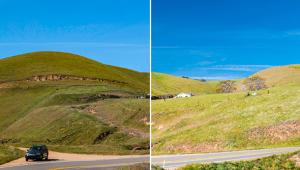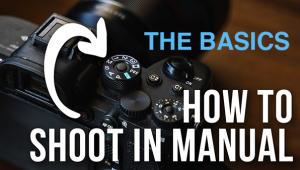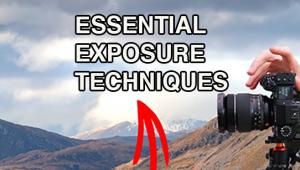Something New Under The Sun

In addition to a few members of the American staff, a substantial number of Japanese engineers transferred to Sony when Konica Minolta sold off all of its DSLR intellectual property. Some of the innovations that distinguish the current line of Alpha cameras can trace their roots back to “DP-1,” the Digital Photography group I was part of a decade ago.
I purchased an Alpha 55 through a friend and Sony employee, and received his modest discount. I ordered a 30mm f2.8 Macro lens from B&H, and an HVL-F20AM flash unit, both of which I’ll write about soon.
The Sony Alpha 55, strictly speaking, is not a DSLR. Sony calls it an SLT, the “T” referring to the translucent mirror that diverts a visual signal to the EVF (electronic viewfinder) while allowing most of the light to pass to the CMOS imaging sensor. Canon tried a similar trick with the analog 35mm Pellix about 45 years ago, but the image became slurred on its trip through the looking glass.
Sony has somehow found a way to pull it off without degrading the image in the least bit. In fact, the Alpha 55 produces some of the best images I’ve ever seen from a less-than-full-frame camera. And that is saying a lot, since there are only one or maybe two high-end cameras that I haven’t played with.
The benefit, in addition to full-time Live View on a gorgeous 3-inch, one million dot LCD, low light mastery and ultra-quick response, is the ability to capture full resolution images with amazing rapidity—up to 10 frames per second. I tried this high speed shooting during our traditional annual May visit to the beaches at Sandy Hook, NJ. The high speed feature is well beyond amazing. I’ve honestly never seen anything like it. I was able to capture my daughter in midair as she ran along the Atlantic Ocean side of the beach.
But that isn’t why I wanted this camera.
Sony installed all of their best image manipulation features in the Alpha 55. You have access to Sony’s best implementation of Sweep Panorama, the ability to stitch a number of individual exposures into one seamless, extended panoramic shot, automatically. Again, the results during field testing were stunning.
In situations where substantial detail is in the shadow area, and other significant detail is bathed in bright highlights, most cameras expose for one or the other—or something in between. The result with other cameras is either muddy shadows (absent of detail) or blown highlights (a white blur). Using the Alpha 55’s D-Range Optimizer feature, the exposure becomes balanced with each area given appropriate value.
In more extreme cases, the Auto HDR feature saves the day. In this mode, the Alpha 55 shoots three separate exposures (one for shadow detail, one for the highlights and one for mid-tones) and then internally processes them to deliver the optimum detail in each area. Two images are recorded, the improved and highly processed image, and the one you would have gotten if the Alpha 55 did not have Auto HDR.
Another compelling reason why the Alpha 55 performs so well in low light situations, when set to Multi Frame Noise Reduction from the ISO menu, it shoots multiple frames and disregards what it doesn’t find in every frame, thereby squelching signal noise. The result is one properly exposed frame that’s virtually noise free. This can happen only with a camera that has an extremely high firing rate. No other camera can pull this off with the same high quality results.
I could go on and on about this camera, which I classify as the single most innovative I’ve seen in many years. It proves that even in our sometimes sedate and staid industry, there is something new under the sun. In many ways, the Alpha 55 reminds me of the 2001 Minolta Dimage 7, the world’s first 5-megapixel camera, except it’s so much more advanced.
If you are anything like the typical digital camera fanatic who started out with a point-and-shoot, and moved up to a modest DSLR, and are now thinking about taking the next step—this is your next step.
- Log in or register to post comments

















































